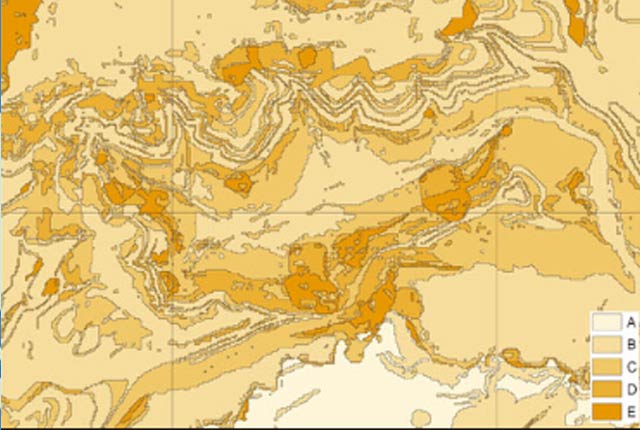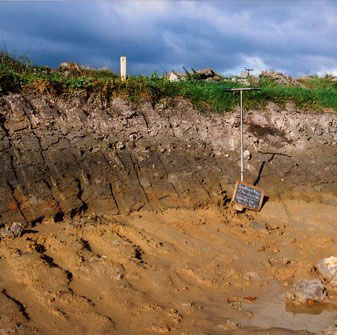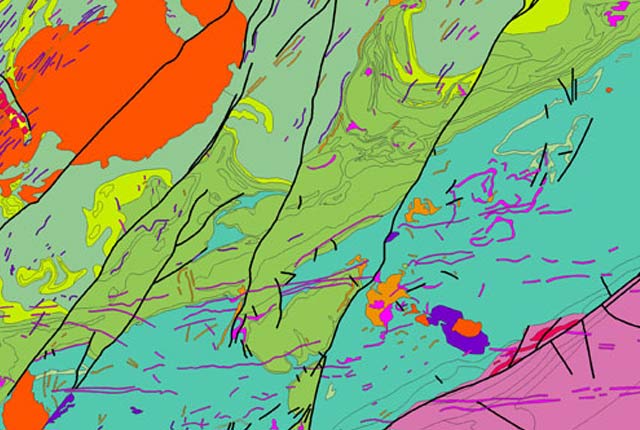If running sand problems appear on or near your property, inform your insurance company, mortgage lender or landlord. Get specialist advice from a suitably qualified expert such as a chartered engineering geologist, geotechnical engineer or structural surveyor.
If active running sand is not happening but the ground has potential for the presence of running sand, this should be taken into account before designing new buildings or changes to land use.
- Take specialist advice before starting major building work.
- Maintain water pipes and drains in good condition (no leaks).
- Do not dispose of rain or surface water to soakaways near buildings.
- Do not dig holes below the water table near buildings.
Hazard ratings and advice
| Hazard rating | Advice for public | |
|---|---|---|
| A — no indicators for running sand identified. | No actions required to avoid problems due to running sand. | No special ground investigation required or increased construction costs or increased financial risk due to potential problems with running sand. |
| B — slight potential for running sand problems only possible if water table rises. | No actions required to avoid problems due to running sand. | No special ground investigation required or increased construction costs or increased financial risk due to potential problems with running sand. |
| C — possibility of running sand problems after major changes in ground conditions. | Normal maintenance to avoid leakage of water-bearing services or water bodies (ponds, swimming pools) should avoid any problems due to running sands. | New build — consider possibility of running sands into trenches or excavations if water table is high. Avoid concentrated water inputs to site. Unlikely to be increase in construction costs due to potential for running sand problems.
Existing property — no significant increase in insurance risk due to running sand problems. |
| D — significant potential for running sand problems with relatively small changes in ground conditions. | Avoid large amounts of water entering the ground through pipe leakage or soakaways. Do not dig (deep) holes into saturated ground near the property without technical advice. | New build — assess the need for close-boarded sides to excavations and the consequences of soil and groundwater conditions during and after construction.
Existing property — possible increase in insurance risk from running conditions due to service leakage, high rainfall events or localised flooding. |
| E — very significant potential for running sand problems. | Avoid large amounts of water entering the ground through pipe leakage or soakaways. Do not dig (deep) holes into saturated ground without technical advice. | New build— assess the need for close-boarded sides to excavations and the consequences of soil and groundwater conditions during and after construction. Possible extra cost during construction and requirement for basements to be waterproofed.
Existing property — Possible increase in insurance risk from running conditions due to service leakage, high rainfall events or localised flooding. |
You may also be interested in

BGS GeoSure
The BGS GeoSure datasets identify areas of potential hazard and, therefore, potential natural ground movement, in Great Britain.

BGS GeoSure: running sand
The potential for running sand to be a hazard has been assessed using 1:50 000-scale digital maps of superficial and bedrock deposits.


